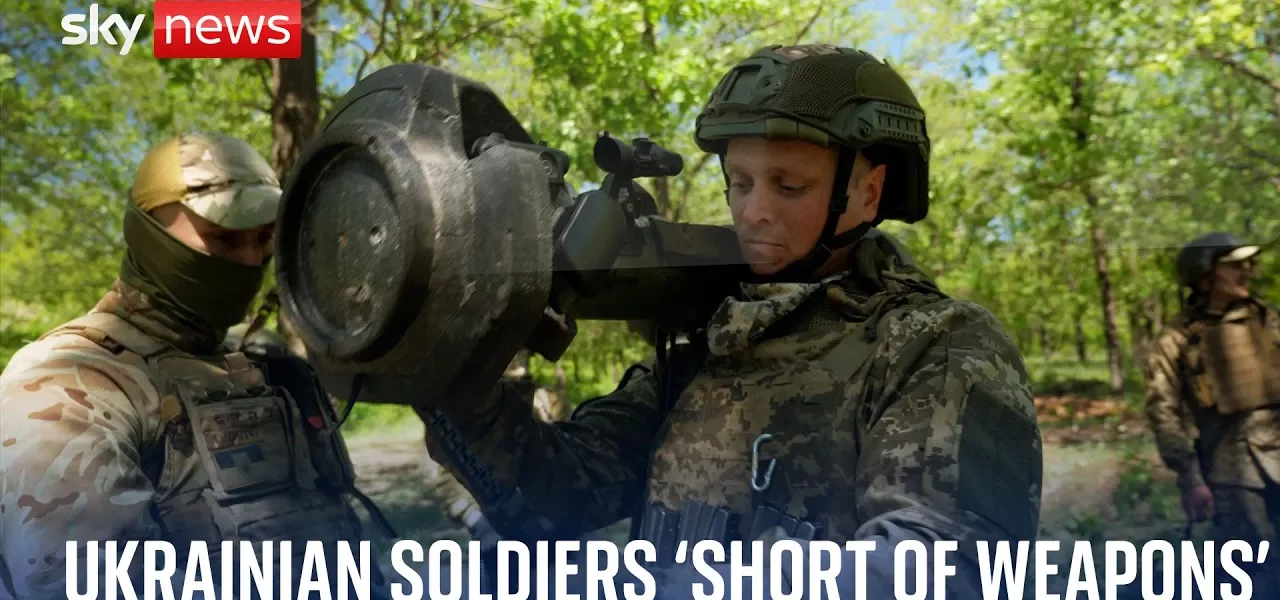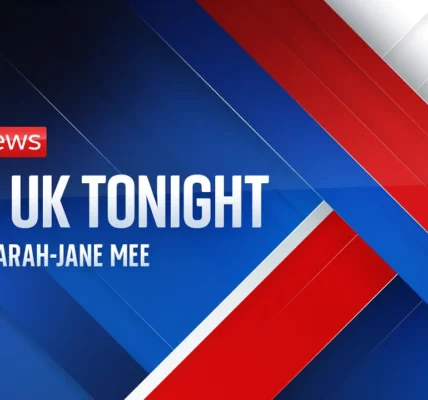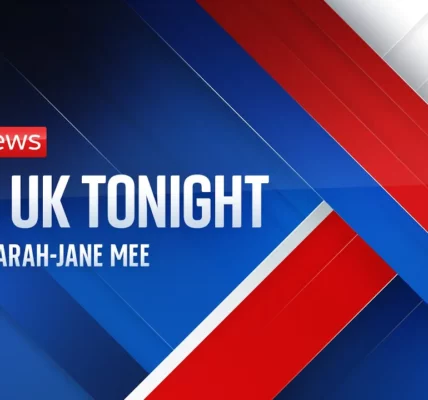Training and Supply of NLAW Anti-Tank Missiles for Ukraine’s Soldiers

This article explores the critical training regimen for Ukrainian soldiers on the NLAW anti-tank missile and the urgent supply demands amidst ongoing conflict with Russia. As Ukraine faces a severe shortage of weapons, understanding the complexities of military support and production becomes crucial.
Introduction
The conflict in Ukraine has led to an intensified focus on military training and equipment supply for Ukrainian forces. Key to their defense strategy is the NLAW (Next Generation Light Anti-tank Weapon) missile, initially supplied by the UK. As soldiers learn to handle this vital weapon, the demand for more units grows, highlighting the pressing need for effective military support from allies.
Understanding the NLAW Anti-Tank Missile
The NLAW missile is a compact, portable weapon designed to destroy armored vehicles. Its significance in the ongoing conflict cannot be overstated, as Ukrainian troops are trained meticulously to utilize it effectively.
Training Regimen
During training, soldiers are shown the proper handling techniques for the NLAW missile. Each recruit is corrected and guided by experienced trainers as they take turns practicing with the missile. The focus is on ensuring that they are well-prepared for real combat scenarios.
Operational Challenges
Despite the training, the reality remains that soldiers may only fire the NLAW in actual battle, with limited stocks available. The urgency of the situation is compounded by the ongoing conflict and the pressing need for more anti-tank munitions.
Supply Issues Facing Ukrainian Forces
Ukraine is currently experiencing a dire shortage of weapons and ammunition, which significantly impacts operational efficiency. The following points illustrate the challenges faced in terms of supply:
- For every five artillery shells fired by Russian forces, Ukrainian soldiers are able to respond with only one.
- Artillery commanders are forced to maximize the impact of every shot, often using only one to three shells for a strike.
- There is a collective plea for more NATO munitions from both soldiers and military leaders.
The Role of Manufacturers and Supply Chains
Manufacturers play a crucial role in the supply chain of military equipment. For instance, Talis, a company in Northern Ireland, is responsible for assembling the NLAW missiles. Understanding their operational dynamics sheds light on the broader supply issues.
Production Capacity
While Talis has doubled its capacity to deliver missiles, there’s still a significant gap between demand and supply. The production ramp-up began only recently, despite the ongoing conflict that started two years prior.
Government and Financial Support
To meet the urgent needs of Ukrainian forces, a coordinated effort involving increased funding and leadership from the UK government is essential. Without this support, production lines may struggle to meet the necessary levels of output.
The Impact of Ongoing Conflict
The situation on the ground in Ukraine is dire, with soldiers constantly adapting to the realities of war. The following points illustrate the impact of the ongoing conflict:
- Russian forces are benefitting from a long-standing war economy.
- Ukrainian forces are forced to work with limited resources and strive to hold their ground.
- Without increased support from allies, Ukraine risks falling behind, allowing Russian advantages to grow.
Conclusion
As the conflict in Ukraine continues, the training of soldiers in the use of the NLAW anti-tank missile and the urgent need for increased supplies are critical topics. The collaboration between manufacturers and governments is essential to ensure that Ukrainian forces receive the support they need to effectively defend against ongoing threats. We encourage all stakeholders to prioritize the production and supply of vital military equipment to bolster Ukraine’s defense capabilities. For more information on military support in Ukraine, check out our related articles on defense strategies and international military collaborations.
“`




